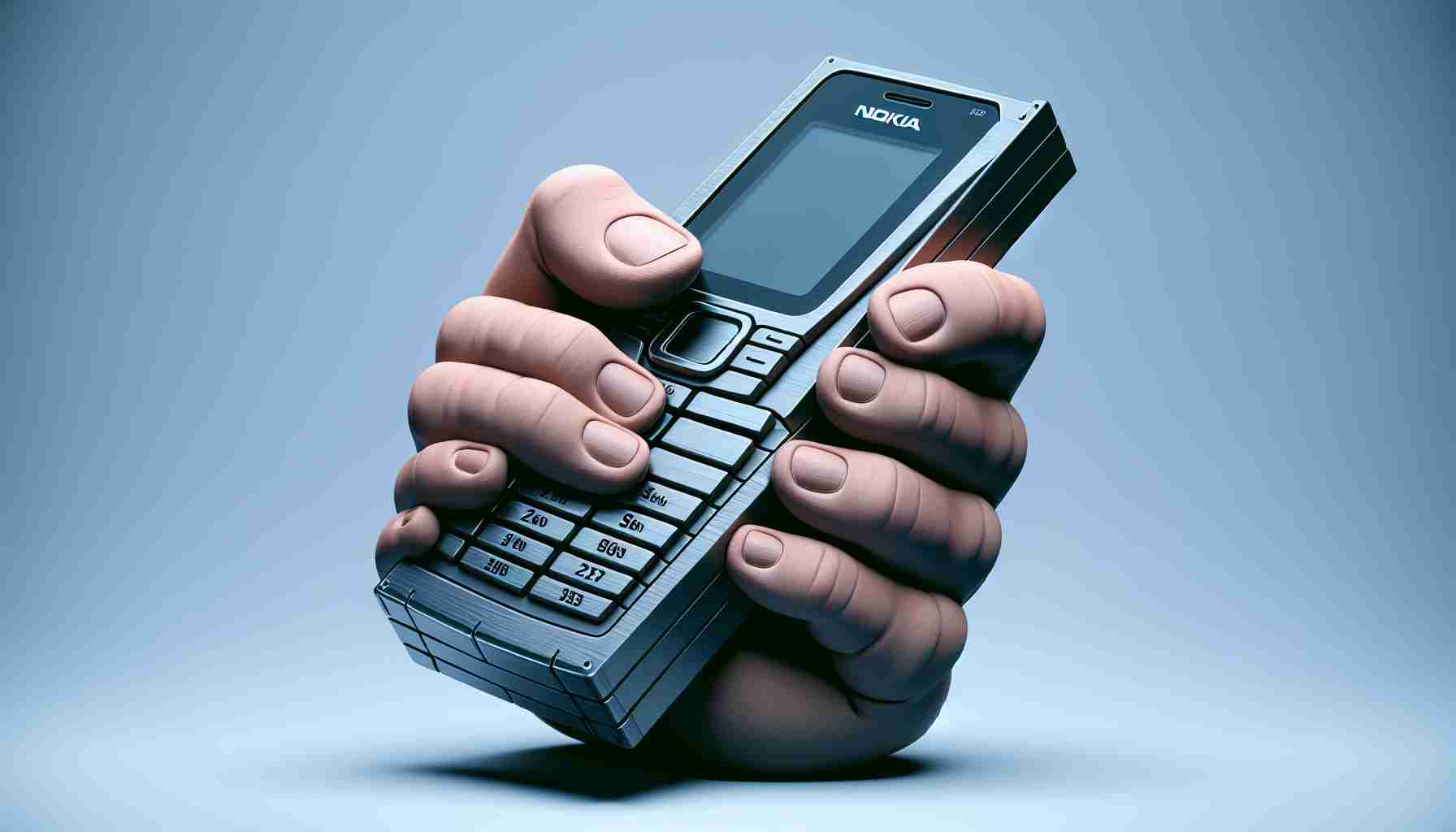Finnish company HMD Global, tasked with reviving Nokia’s phone brand, recently launched the HMD XR21 smartphone. This rugged device has been designed to withstand tough environments and supports 5G, yet it hasn’t received the expected applause for innovation. Far from being seen as a leap forward, the XR21 appears to be a rebadged version of the preceding Nokia XR21, failing to provide consumers with any substantial enhancements.
The device continues to operate on Android 13 and has not been upgraded to the Android 14, contrary to expectations for a year-on-year release. Despite the anticipation for something groundbreaking, the HMD XR21 does not seem to cut new paths in technology. It sports the same 6.49-inch IPS FHD+ display armored with Corning Gorilla Glass Victus, and it boasts a refresh rate of 120Hz that promises a smooth visual experience.
Its internal specifications, including the Qualcomm Snapdragon 695 5G chipset paired with 6GB of RAM and 128GB of built-in storage, are identical to those of its Nokia-branded forerunner. Photography enthusiasts would find the dual-camera setup with a 64MP primary sensor and an 8MP secondary sensor alongside a 16MP front-facing camera familiar. The battery capacity remains solid at 4800 mAh.
The device’s €600 price tag across Europe, however, has been met with skepticism. With equivalent hardware features available in the older Nokia XR21 model for €200 less, consumers are questioning the rationale behind the premium price. Such a move has sparked discussions regarding the HMD XR21’s value proposition and its ability to compete effectively in a market that prizes distinctiveness and innovation.
Key Questions and Answers:
1. Why is the HMD XR21 considered lacking in advancement?
The HMD XR21 is seen as lacking advancement because it does not offer substantial enhancements or upgrades from the previous model, the Nokia XR21, despite expectations for innovation with each new release. It has the same Android 13 OS, display, chipset, RAM, storage, camera setup, and battery capacity.
2. What are the key challenges associated with the HMD XR21?
The key challenges associated with the HMD XR21 include convincing consumers of its value proposition when there are minimal updates from its predecessor, justifying its higher price point, and competing in a market that emphasizes continuous innovation and distinct features in new smartphone releases.
3. What are the controversies surrounding the HMD XR21?
The main controversy revolves around the device’s pricing. At €600, it is significantly more expensive than its predecessor without offering new features or technologies to justify the increased cost.
Advantages and Disadvantages:
Advantages:
– The HMD XR21 continues to offer a rugged design that is suitable for tough environments and supports 5G connectivity.
– A high refresh rate of 120Hz provides a smooth visual experience.
– The inclusion of Corning Gorilla Glass Victus provides strong screen protection.
Disadvantages:
– Lack of innovation may disappoint customers looking for new features and improvements.
– The price increase seems unjustified given that the technical specifications remain largely unchanged from the older model.
– The decision to not upgrade to the latest version of Android (if Android 14 had been released by then) could lessen the appeal for those seeking the newest software experience.
To explore more about Nokia and its offerings, you may visit their official website: https://www.nokia.com. Ensure that any future criticisms or reviews of the HMD XR21 or other Nokia products are based on the most up-to-date and factual information by consulting their official communications and press releases.
The source of the article is from the blog portaldoriograndense.com
